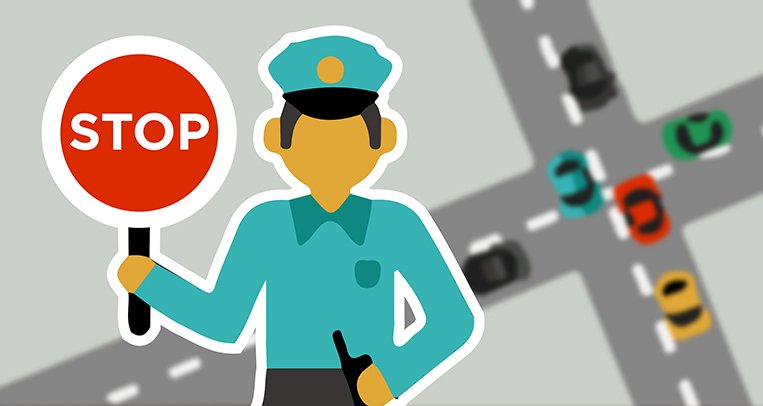
I have been in the auto industry for three decades. Cars have gone from objects of desire to tools of trade, from utility vehicles (Tamaraw, Fiera) to new luxury, from station wagons to crossovers and SUVs. Internal-combustion drivetrains remain but alternative technologies have rapidly surfaced. Transmissions have gone from three-speed to 10-speed. Whoever had the biggest and baddest engine have now given way to those with the best battery and storage capacity.
Mechanical parts have ceded the driver’s seat to nano chips, integrated circuits, electrical parts and digital technology. Heavy doors used to equate with durability and build, but now lightweight materials define structure and design.
Auto companies are reportedly experimenting with flying cars, hoverboards and skyjet (Hollywood!) concept vehicles. Others are championing software over styling and zip. Enthusiasts are foaming at the mouth, anticipating the next big thing in cars. Ready? Start your engines.
Stop.
The automotive industry is erupting. All that has happened and is about to happen are the stuff of every engineer’s wildest fantasies. But wait, let’s dial back this new world of shared mobility and connected technology. Let’s revisit our real world: one that you and I (drivers, passengers, commuters, pedestrians) call home. The world where traffic grinds to a standstill (and worse when it rains, or sometimes even when it’s only threatening to rain); where roads are filled with potholes and unceremonious bumps; where road rage is always a peril; where pedestrians are crowded out of zebra lanes; where commuters risk their lives onboard recklessly speeding buses and smoke-belching jeeps. Yes, that world.
Close your eyes. Fast-forward to the world of autonomous driving, where cars speed up, brake and stop based on a predetermined set of algorithms and engineering values. Rewind to today, to the chaos that rules our streets. Now, let’s overlay the two landscapes—tomorrowland and today’s reality. How will the two universes collide?
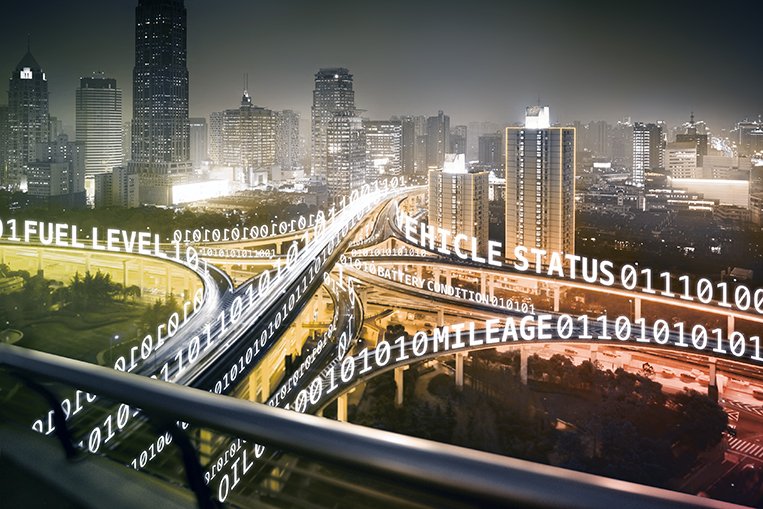
Probably a cosmic boom! Cars won’t move because drivers don’t keep to their lanes. They weave with nary a glance to the rearview or side mirror. Everyone keeps just a centimeter of clearance between cars so the other guy doesn’t cut in. Pedestrians are crossing streets like headless chickens. Sensors in vehicles will hang or, worse, crash altogether. Autonomous driving will transform roads into giant parking lots where cars remain firmly in place because their central processing units say it is unsafe to move—at all.
I exaggerate. But seriously, are we ready to be disrupted by this technology? Maybe not? I call out autonomous driving technology because it is essential to “Mobility as a Service” (or MaaS). The world’s first-ever MaaS solution, Whim, was launched in Helsinki Region at the end of 2016.
On their website, Whim defines MaaS as a concept that “brings all means of travel together. It combines options from different transport providers into a single mobile service, removing the hassle of planning and one-off payments. MaaS is a carefree, environmentally sound alternative to owning a car. It works out the best option for every journey—whether that’s a taxi, public transport, a car service or a bike share. From office commutes to weekend getaways, it manages daily travel in the smartest way possible.”
MaaS asks you to retire your concept of “my car,” transition to shared rides, then to shared cars. With each move away from private ownership or value, the synergy that can be derived with autonomous technology rises exponentially. It’s akin to surrendering your car to the grid, much like self-generated home (solar) energy.
Uber and Grab are heaven-sent to Manila. Case in point was the deafening public uproar when the LTFRB suspended Uber. The popularity of these ride-hailing providers reflects their growing value to the motoring community—not just commuters but private car owners as well. It shows that the transition from “my car” is already happening. It is mobility on demand without the hassles of ownership such as registration, insurance, maintenance, parking, car-washing and, oh yes, traffic citations.
While the transition to shared mobility is taking root, and road discipline is being whipped into place, we should hit the pause button on autonomous driving. In any case, autonomous driving already exists in the Philippines. It’s called “driver.” As in chauffeur. So no real hurry.
But seriously, are we ready to be disrupted by this technology? Maybe not
On the other hand, opportunities for connected technology show more immediate promise. Car companies can collect data from you, and the car will “learn” how to make your car ownership an engaging and seamless experience. Of course, the potential for this sort of smart connectivity boggles—from starting your car and its air-conditioning before you even enter, to plotting your route, to going through your schedule for the day, reviewing reminders, suggesting places to dine in, calling ahead to destinations if you are running late, making appointments and even turning the lights and music on at home before you arrive. All good, but maybe not just yet.
However, what can happen—and is already happening in some places—is that cars can collect data about driving habits, car usage, vehicle operation, etc. These data can then be analyzed to enable drivers to access connected car services—such as user-based insurance, financing schemes, and predictive maintenance—that will improve the joy of car ownership. Installation of onboard computers with enhanced connectivity and computing power allows real-time information to impact real-time life. Today.
Cars are the ultimate platform for smart mobility. In fact, auto companies are already transforming themselves from traditional automakers into organizations that provide integrated mobility and life-enhancing solutions. There are global initiatives toward building a smart-mobility society that will surely inspire you.
There is a lot to look forward to. Carmakers are ready. Are we ready? We probably need one national, collective heave to get us there. Maybe someday.

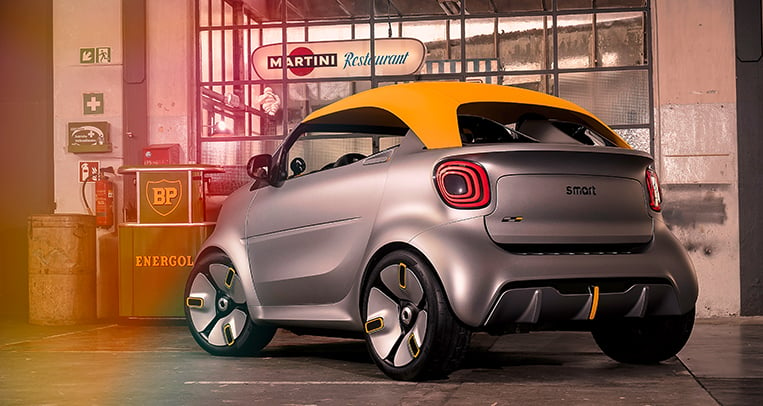
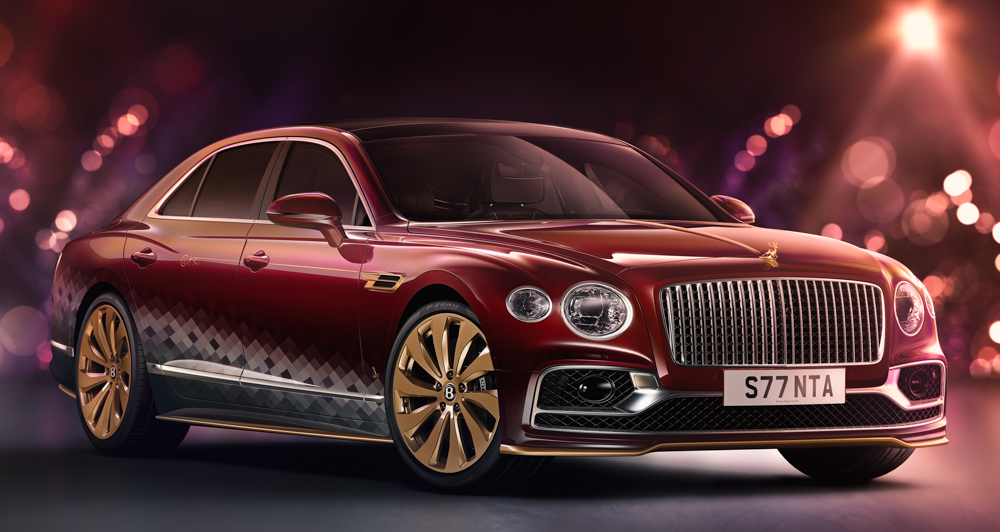
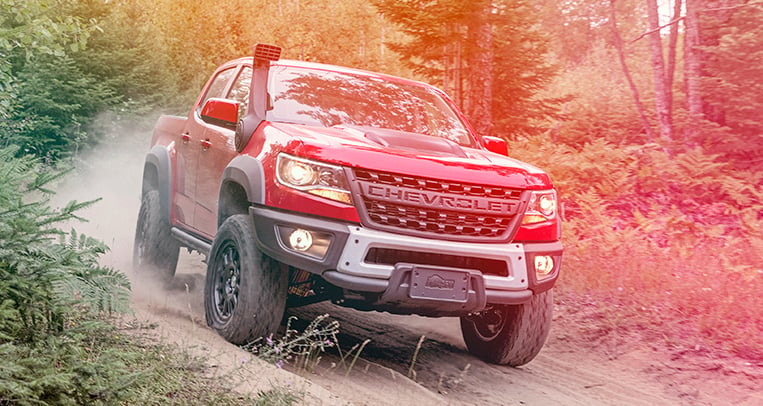
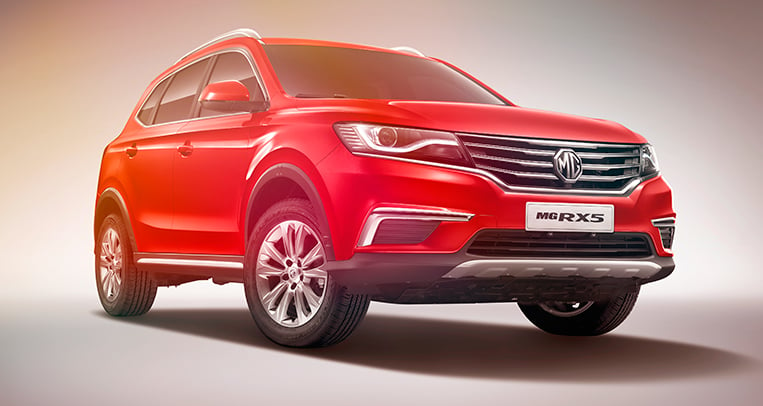
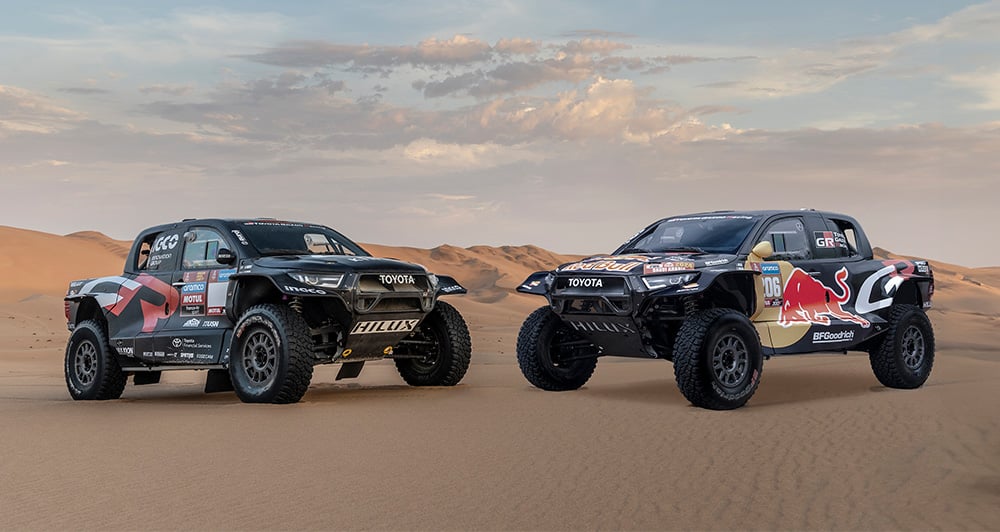

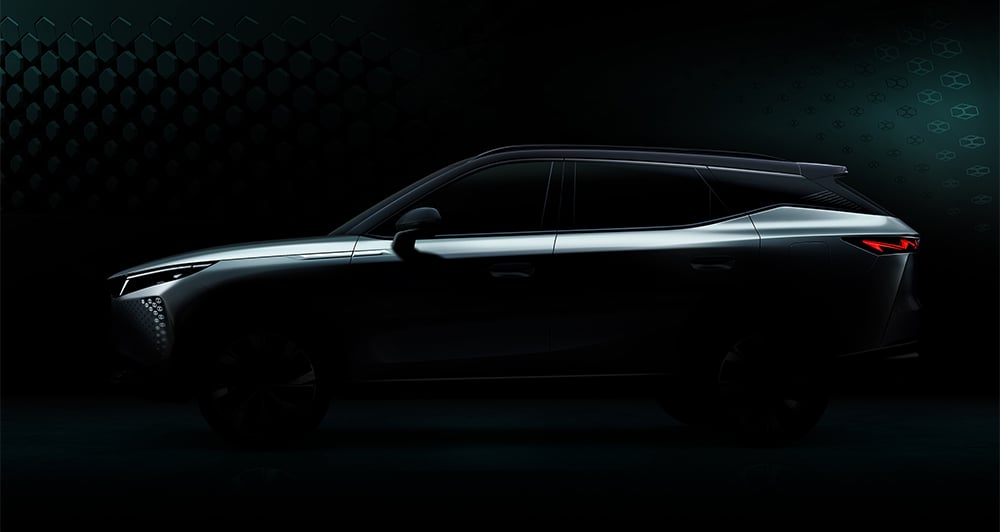
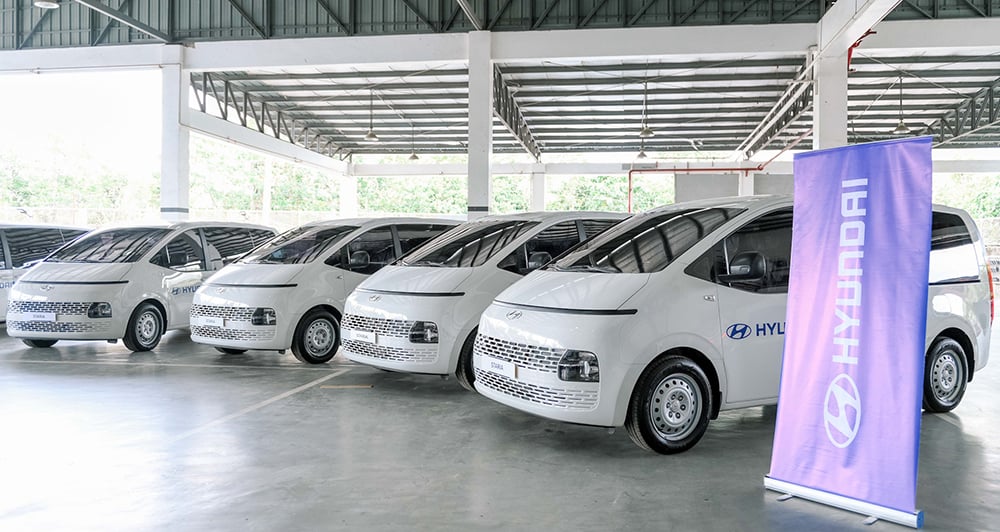


Comments